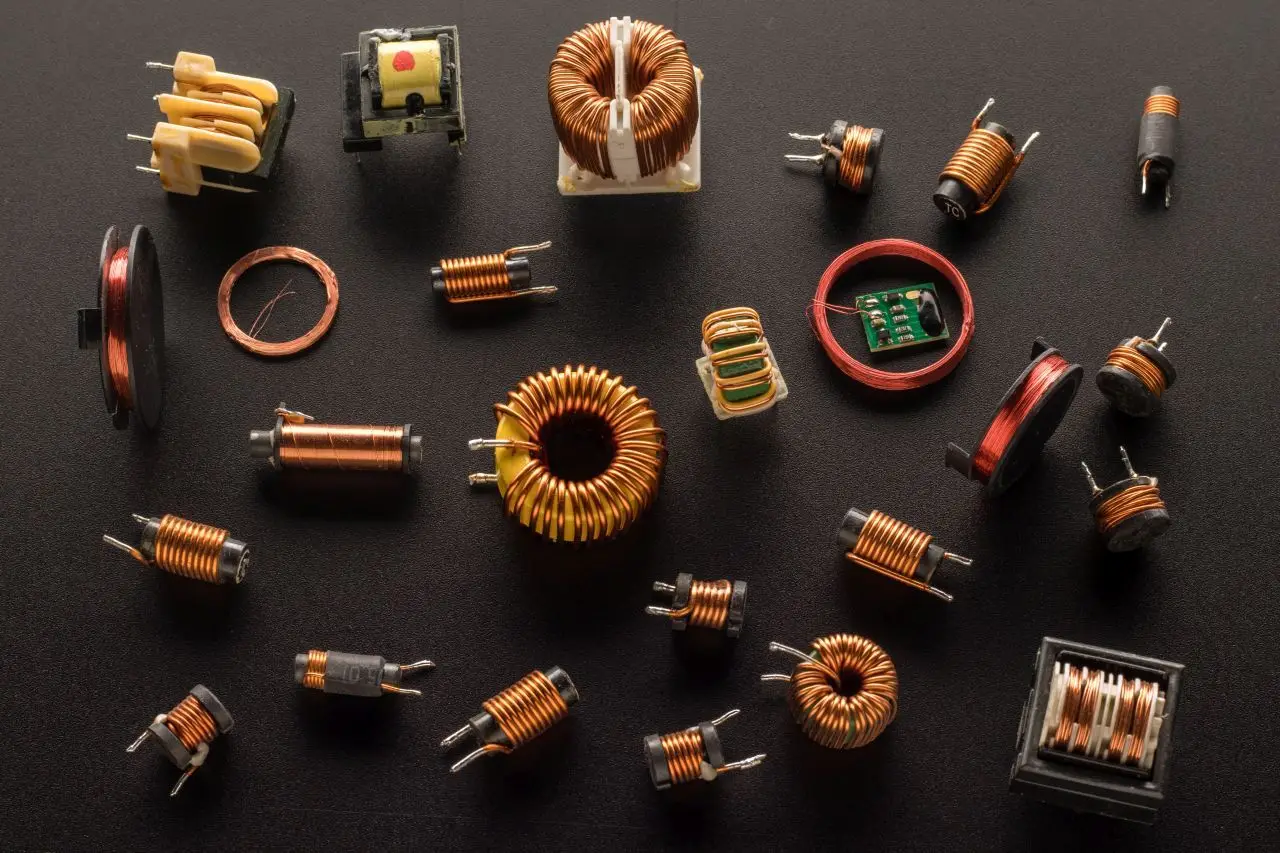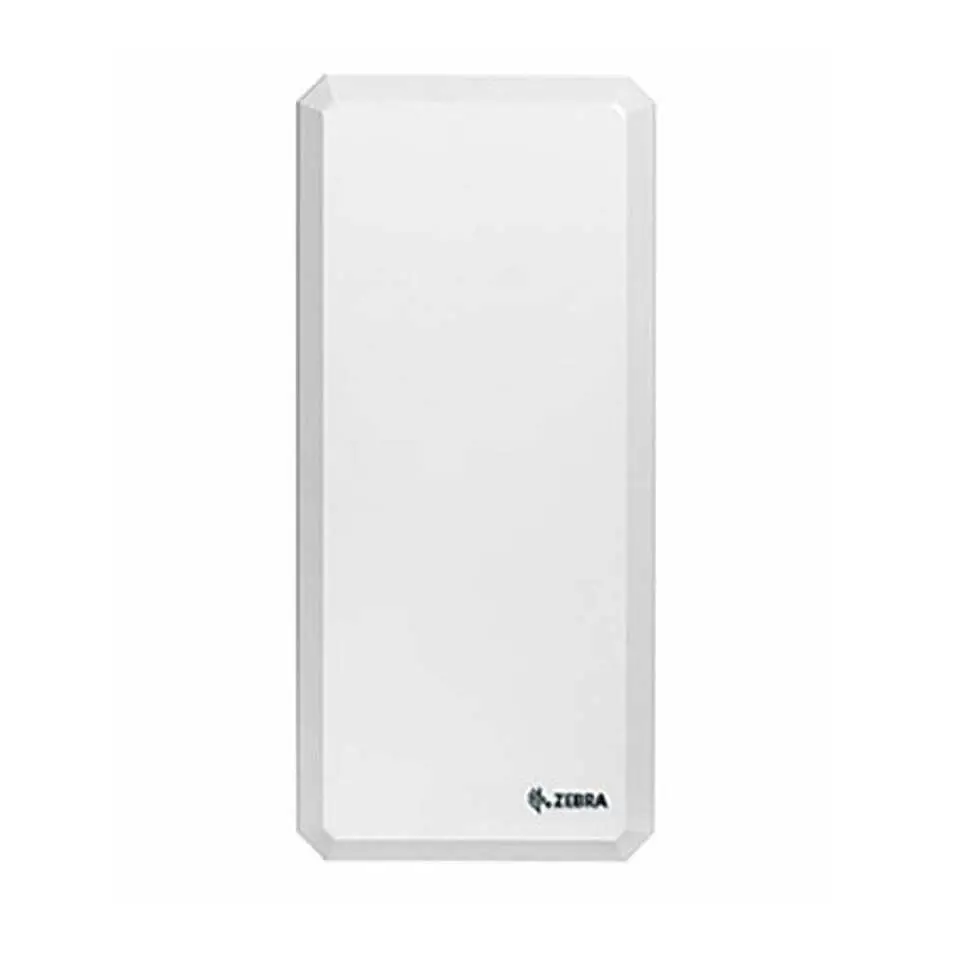What are IoT Antennas?
IoT antennas are special antennas designed to receive electromagnetic waves between devices in an IoT network. They enable wireless communication between devices in M2M applications, smart cities and Industry 4.0.
The performance of an antenna is determined by antenna gain, data rates and range. This includes both near field (Fresnel Region) and far field (Fraunhofer Region). Security is a key aspect here.
The form factor and polarization influence the efficiency of the antennas. Linear, folded dipoles, and spiral antennas are common designs that offer specific advantages depending on the application. A compact design is often crucial for IoT devices.
What Kind of IoT Antennas Are There?
There are a variety of IoT antennas that have been developed for different applications and requirements. They all support wireless communication in various M2M environments.
RFID and NFC
RFID (Radio Frequency Identification) antennas and NFC (Near-Field Communication) antennas are often used in logistics and retail to monitor the flow of goods. RFID antenna manufacturers offer customized solutions for specific requirements.
Dual-band and multi-band antennas enable the use of several frequency bands simultaneously. These antennas are particularly flexible and are used in a wide range of IoT devices. RFID antennas include:
- LF (Low Frequency, 125 kHz – 134 kHz):
- Coil Antenna: Used to generate a strong magnetic near field, typically for applications such as access control and animal identification.
- HF (High Frequency, 13.56 MHz):
- Coil Antenna: Coils are also used here, which are designed for near-field applications such as contactless payment systems and access control.
- UHF (Ultra High Frequency, 860 – 960 MHz):
- Dipole Antenna: Frequently used to read RFID tags over long distances, e.g. in logistics.
- Patch Antenna: Often used in RFID readers to generate directional radiation.
NFC antennas include:
- Coil Antenna: Since NFC is based on HF (13.56 MHz), similar antennas are used as for HF RFID. Coil antennas are commonly used, as NFC operates in the near-field range.
UWB
UWB (ultra-wideband) antennas offer high-precision positioning and secure communication. They are often used in security-critical applications where accurate positioning is required. UWB antennas include:
- Monopole Antenna: Used due to its wide frequency coverage and simple structure.
- Planar Inverted-F Antenna (PIFA): Often used in UWB applications as it offers a compact design and good broadband performance.
- Vivaldi Antenna: A special broadband antenna that is also suitable for UWB applications.
A GPS antenna is also used to determine position. GPS antennas are indispensable for precise location determination. They are used in many IoT devices to provide accurate positioning data. Mobile radio antennas ensure stable connections in mobile devices and are crucial for communication on the move.
BLE
BLE (Bluetooth Low Energy) antennas are mainly used in devices that enable wireless communication over short distances. BLE is an energy-efficient variant of the classic Bluetooth standard that has been specially developed for applications where energy consumption must be minimized. BLE antennas include:
- Chip Antenna: This compact antenna is often used in BLE modules to facilitate integration into small devices.
- Planar Inverted-F Antenna (PIFA): Often used in smartphones and other compact devices as it offers good performance in a small space.
- Wire Antenna: A simple, low-cost antenna that can be used in BLE peripherals.
LPWAN
Many technologies fall into the LPWAN (Low-Power Wide-Area Network) category. These include, for example, LoRaWAN, NB-IoT, mioty, Weightless, LTE-M and Sigfox. LoRaWAN antennas are ideal for applications with a long range and low data rates. They operate in unlicensed frequency bands and are particularly energy-efficient, making them perfect for smart meter antennas. LPWAN antennas include:
- Monopole Antenna: Commonly used for LPWAN technologies such as LoRa and Sigfox due to its simplicity and omnidirectional properties.
- Dipole Antenna: A popular choice for LPWAN devices due to its good efficiency and simplicity.
- Patch Antenna: Used in situations where directional radiation is required, e.g. stationary gateways.
5G
5G antennas are essential components of the fifth generation mobile network (5G) and serve a variety of applications that go beyond the capabilities of previous generations.
- Massive MIMO Antennas: For 5G base stations, antennas with many elements (Massive MIMO) are used to achieve high data rates and capacities.
- Phased Array Antennas: These enable beamforming, which is important for the alignment of signals in 5G networks.
- Patch Antenna: Often used in mobile devices to provide compact and efficient radiation characteristics.
- Millimeter Wave Antenna: For 5G frequencies above 24 GHz, where the wavelength is very short, specialized millimeter wave antennas are used to meet the requirements for higher frequencies.
What Types of Polarization Are There?
The polarization of an antenna significantly influences its performance and efficiency. There are different types of polarization, which are selected depending on the application and environment.
Linear Polarization
Linear polarization is the most common type and can be further subdivided into vertical and horizontal polarization. In vertical polarization, the electromagnetic waves oscillate perpendicular to the earth's surface, which is often used in mobile radio and broadcasting applications. Horizontal polarization, where the waves oscillate parallel to the earth's surface, is used in television broadcasts and data transmissions.
Circular Polarization
Circular polarization describes a rotation of the electromagnetic wave in a spiral path. This can be clockwise or counterclockwise and is often used in satellite communication and GPS systems as it is less susceptible to reflections and interference.
Elliptical Polarization
Elliptical polarization is a combination of linear and circular polarization, where the wave describes an elliptical path. This type of polarization offers flexibility and is used in special communication systems that require a robust connection in complex environments.
Choosing the right polarization can significantly affect the performance of an antenna by improving signal quality and minimizing interference.
How Do RFID and NFC Antennas Work?
RFID antennas work with passive or active systems. Passive RFID tags use the energy of an electromagnetic field generated by a reader to communicate. These tags do not contain their own power supply. Active RFID tags, on the other hand, have their own energy source and can cover greater distances. The RFID antenna receives the signals from the RFID tag and transmits them to the receiver.
NFC antennas are specially designed for near-field communication. An NFC chip with an antenna communicates with an NFC tag by generating an electromagnetic field. The diameter of these antennas is often around 22 mm. Both operate within a short range and do not require their own power supply. The NFC tag is supplied with energy by the reader's electromagnetic field.
The challenges with RFID and NFC antennas are particularly prevalent in metal environments and in water, as these materials can interfere with signal transmission. Standard sizes and shapes must be adapted to the specific applications to ensure optimal performance.
Wireless IoT Technologies
Partners Specializing in Antennas
Application Areas for IoT Antennas
NFC antennas are often used in the near field for contactless payment systems and smart cards. This technology enables fast and secure transactions, ideal for everyday use. At airport security checks, NFC antennas are used in modern access control systems to ensure a smooth process.
RFID antennas offer a wide range of applications in the far field. They are used in mobile communications and satellite dishes to optimize wireless connections. Smart utility companies use RFID antennas for intelligent electricity metering and monitoring of gas and water systems.
In smart buildings and digital wayfinding, RFID antennas improve efficiency through precise data transmission and processing. These technologies are also of great importance in intelligent environmental and water systems in order to create sustainable solutions.
RFID antennas optimize the flow of goods and inventory management in warehouse management and logistics systems. In industrial automation, they improve process control and monitoring. In agriculture, RFID and NFC antennas are used in agricultural M2M and IoT to increase efficiency and productivity.
WPHC Deploys RTLS System with UHF Antennas

608 antennas were installed as part of a passive UHF RTLS system on seven floors of the West Park Health Center (WPHC) in Toronto, Canada. 120 readers and 50 multiplexers are also part of this system.
25,000 devices were equipped with passive tags from HID, Beontag and Metalcraft. The RTLS solution, which was integrated by RFID Canada, enables the monitoring, localization and inventory control of assets.
608 antennas were installed as part of a passive UHF RTLS system on seven floors of the West Park Health Center (WPHC) in Toronto, Canada. 120 readers and 50 multiplexers are also part of this system.
25,000 devices were equipped with passive tags from HID, Beontag and Metalcraft. The RTLS solution, which was integrated by RFID Canada, enables the monitoring, localization and inventory control of assets.

“608 antennas, 120 readers and 50 multiplexers enable asset management in real time on 730,000 square meters.”

Khaled Elshimy
CEO
Plantobelly - Monitoring Soil Moisture with LoRaWAN

The start-up Plantobelly has developed a LoRaWAN sensor for monitoring soil moisture. The sensor consists of a transmitter unit equipped with a transmitting antenna. This is connected to a measuring loop or probe via a cable. With a lifespan of 10 years, the sensor measures data and transmits it via LoRaWAN to trigger optimized irrigation for plants and trees.
The start-up Plantobelly has developed a LoRaWAN sensor for monitoring soil moisture. The sensor consists of a transmitter unit equipped with a transmitting antenna. This is connected to a measuring loop or probe via a cable. With a lifespan of 10 years, the sensor measures data and transmits it via LoRaWAN to trigger optimized irrigation for plants and trees.

“In the Plantobelly web service, users see the humidity display at the various locations, as well as location-based weather data. The customer specifies the zip code area in which the Plantobelly is installed, and we pull the weather data based on this zip code. Irrigation scheduling can be effectively adapted to tree needs and weather conditions.”

Bastian Klemke
CEO


-13-3-25-responsive.webp)


-6-9-23-responsive.webp)
-19-3-25-responsive.webp)



-Pictorial-17-3-25-responsive.webp)













